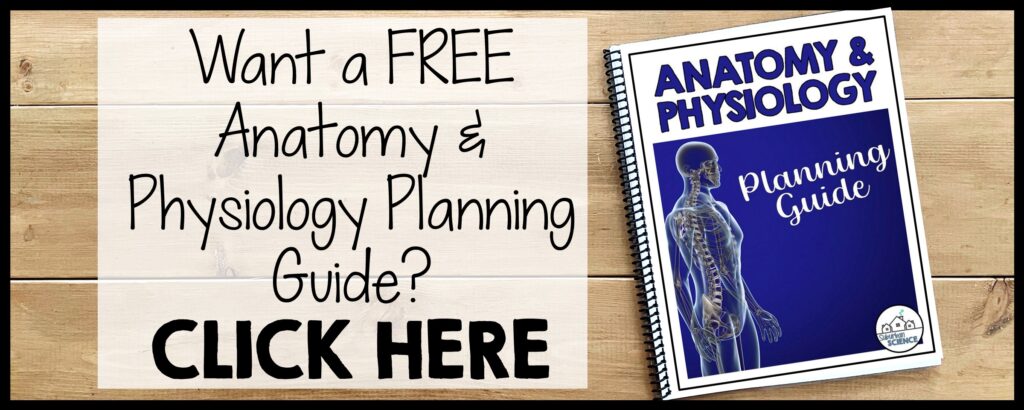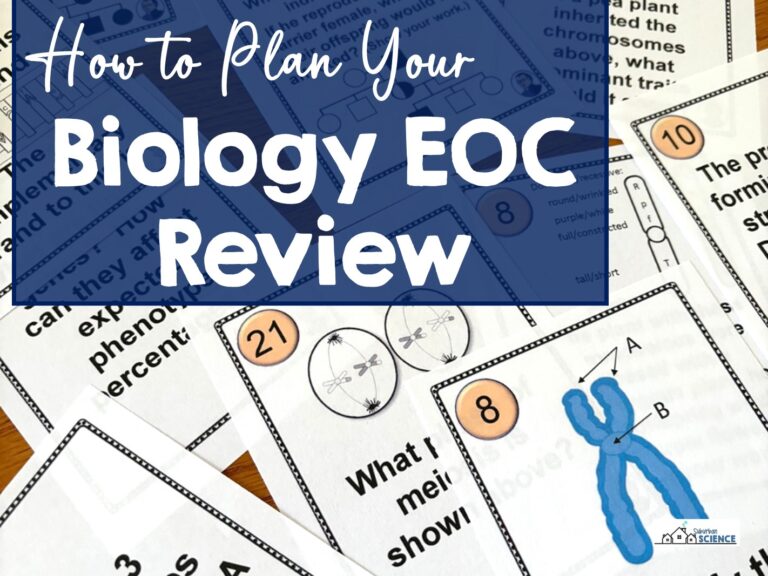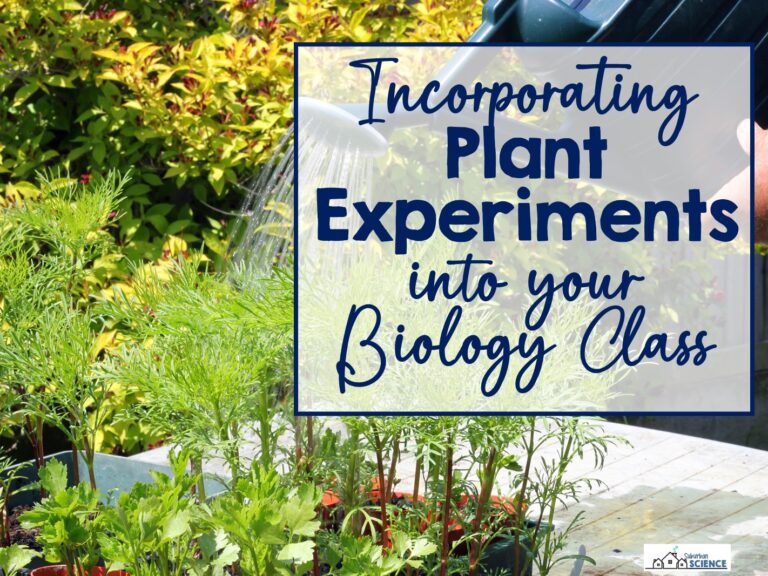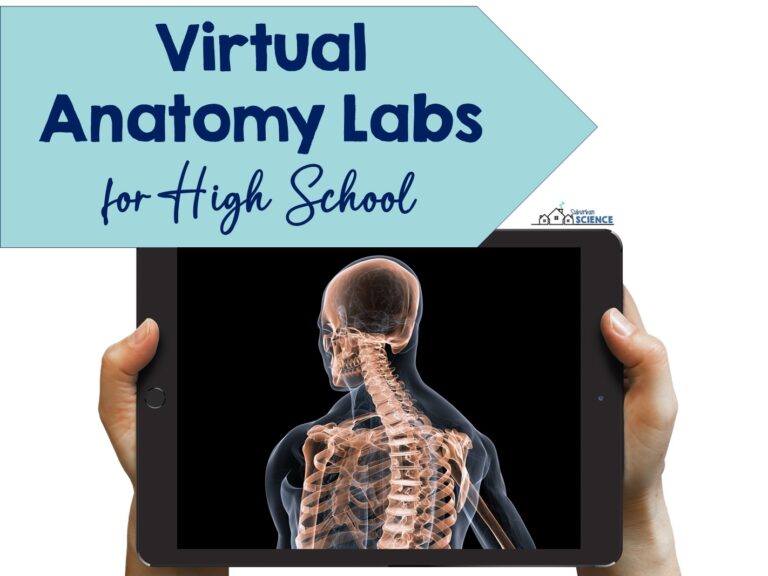It’s back-to-school season and your administrator just announced you’ll be teaching Anatomy and Physiology. You know this class should have lots of lab activities and hands-on lessons, but where should you start? Here is a list of supplies and equipment traditionally used for an Anatomy and Physiology course:
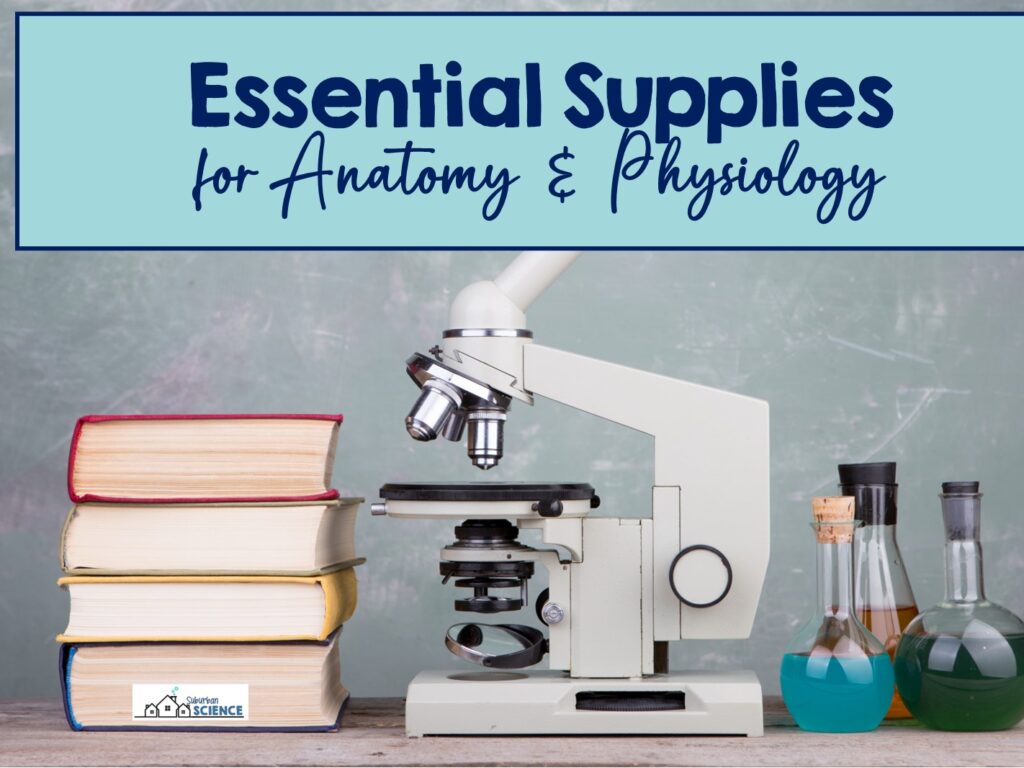
- Modeling clay or play dough – perfect for modeling organs/tissues or completing a directional term dissection at the start of the year!
- Chalk markers – for drawing or creating visuals on desks, they are easily wiped off with a damp paper towel or wet wipe
- Sidewalk chalk – great for taking the class outdoors and drawing diagrams in the parking lot (blood flow through the heart is a great one!)
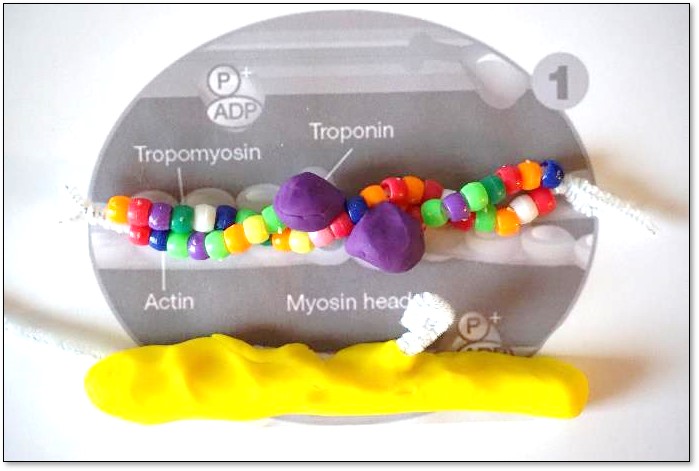
- Pipe cleaners – use for modeling DNA or long molecules like actin and myosin during a muscle contraction lesson (see image above)
- Dissection tools and trays – Practice using these by doing an introductory dissection lab with pickles or bananas!
- Large oval disposable plates – These are great for specimens that don’t need to be pinned down because they can be thrown away for easy cleanup
- Dissection specimens, gloves, and aprons – chicken wings, cow eyes, hearts, kidneys, brains, cats, and fetal pigs are all great specimens for a human anatomy class! If you’re new to dissecting, I have some tips for teaching dissections.
- Various craft materials for modeling & demos (beads, saran wrap, straws, tape, scissors, glue, rulers, yarn, rubber bands, beads) – Having students think critically about how to accurately model a structure or process with limited materials can be a great learning activity.
- Skeleton – A large or small anatomically correct mode is great for identifying bones or the location of body cavities, organs, etc. Or grab inexpensive ones at big box stores during Halloween and identify the structural errors!
- Dish soap, brushes, sponges – for lab clean up
- Colored expo markers for everyday writing
- Colored pencils, markers, sharpies, crayons, and watercolor paints – great for making colored diagrams or Anatomy doodle notes
- Page protectors – use for important diagrams or protecting handouts at lab stations
- Microscopes/slide sets – If you don’t have the budget for this, check out virtual slide sets at histologyguide.com
- Real medical tools – stethoscopes, blood pressure cuffs
- Index cards – These are perfect for independent studying or you can use them for learning Greek and Latin roots to build scientific literacy.
- Whiteboards and markers for informal assessment in class- For a budget-friendly option, try laminate floor tiles!
I know not every teacher will have the budget for all of these science supplies, but if you can get a few essentials, it will give you a great start for future years. Try to incorporate a few lab activities to make a hands-on experience- student engagement will benefit and your year will be more fun! For more details on planning your year and a list of materials I use for teaching each human body system, check out this free Anatomy and Physiology planning guide.
